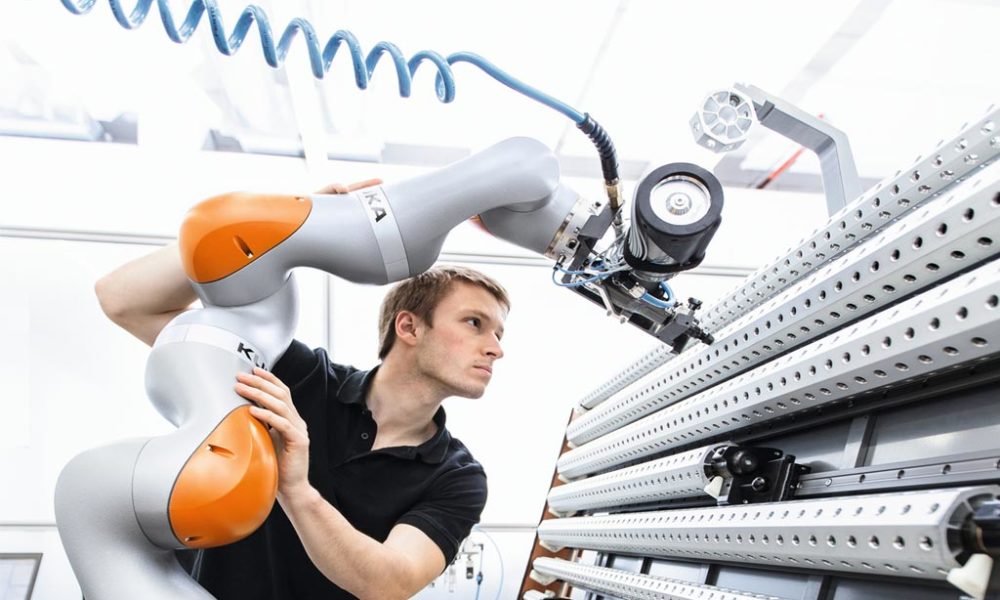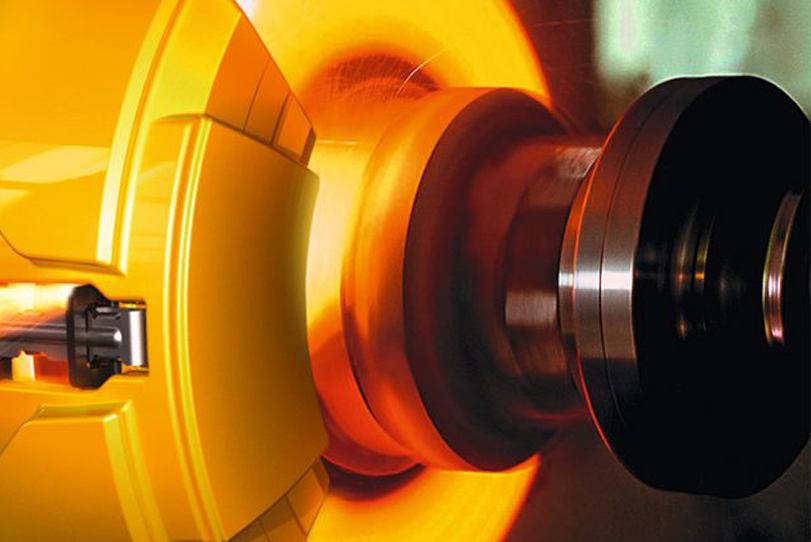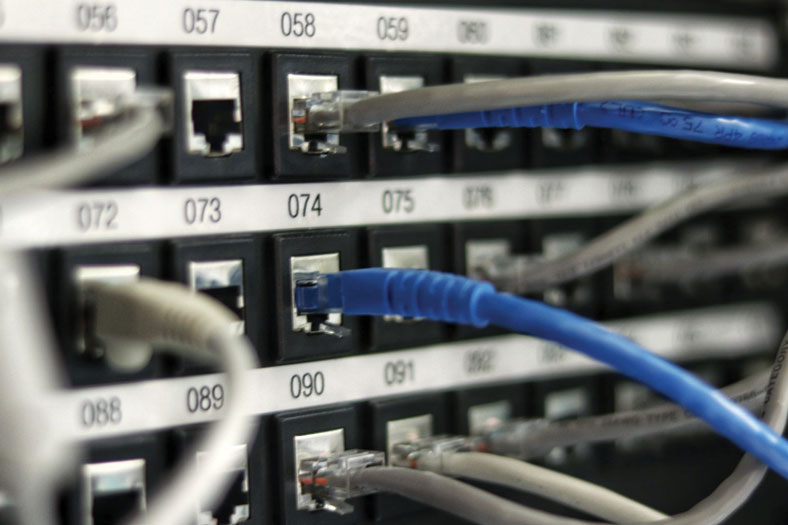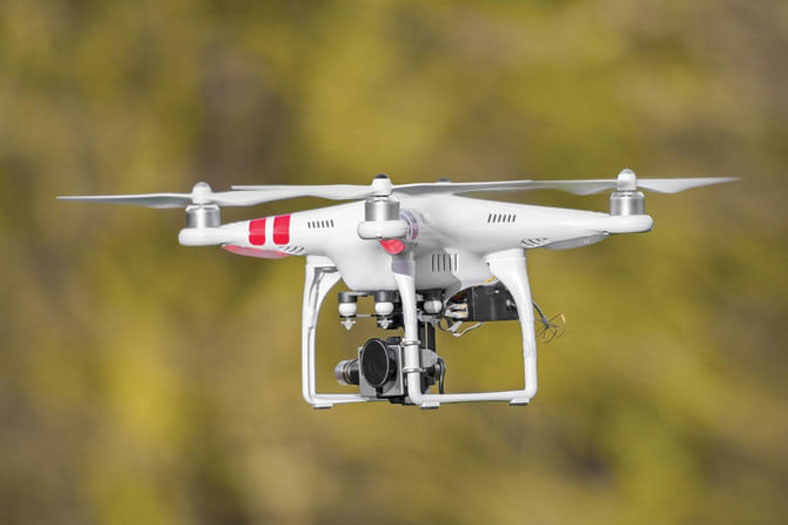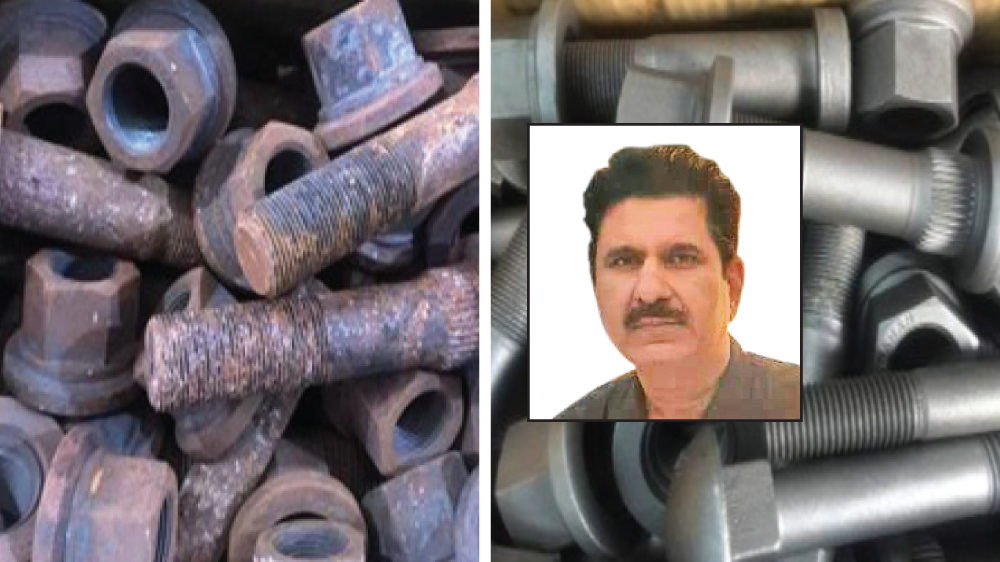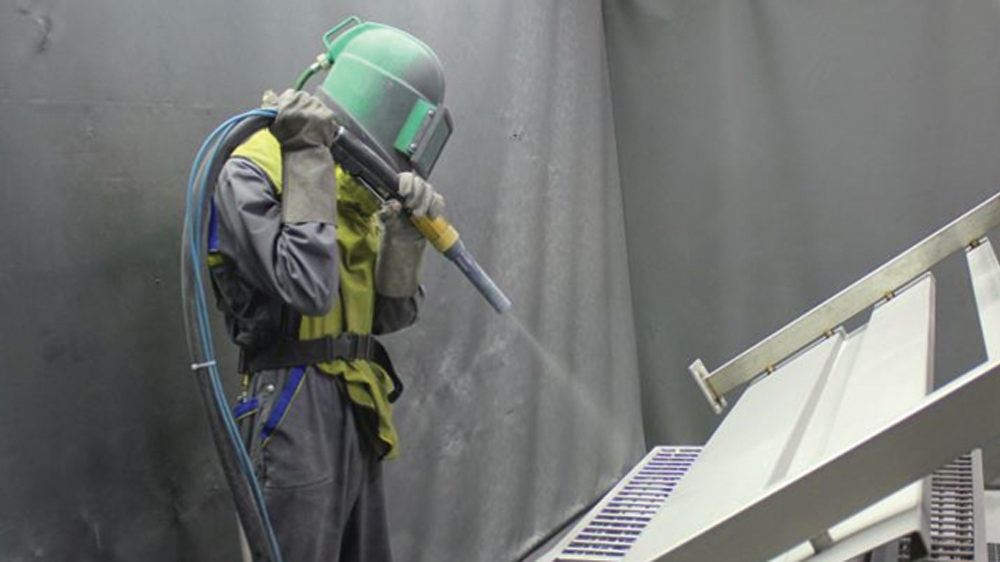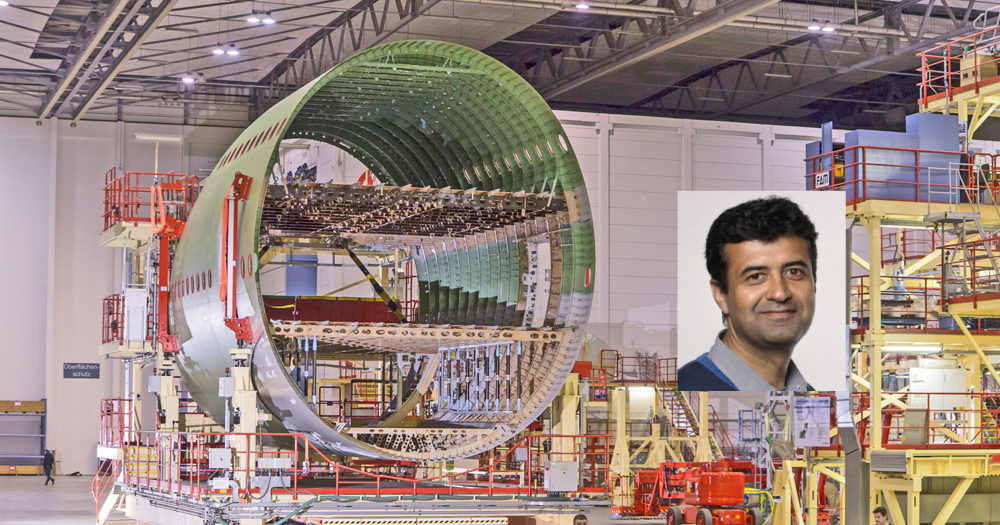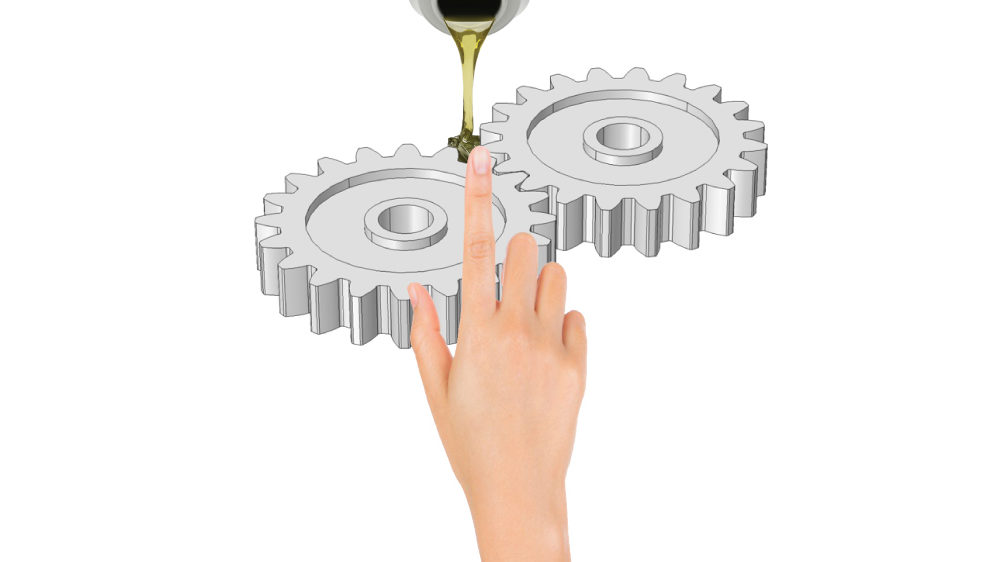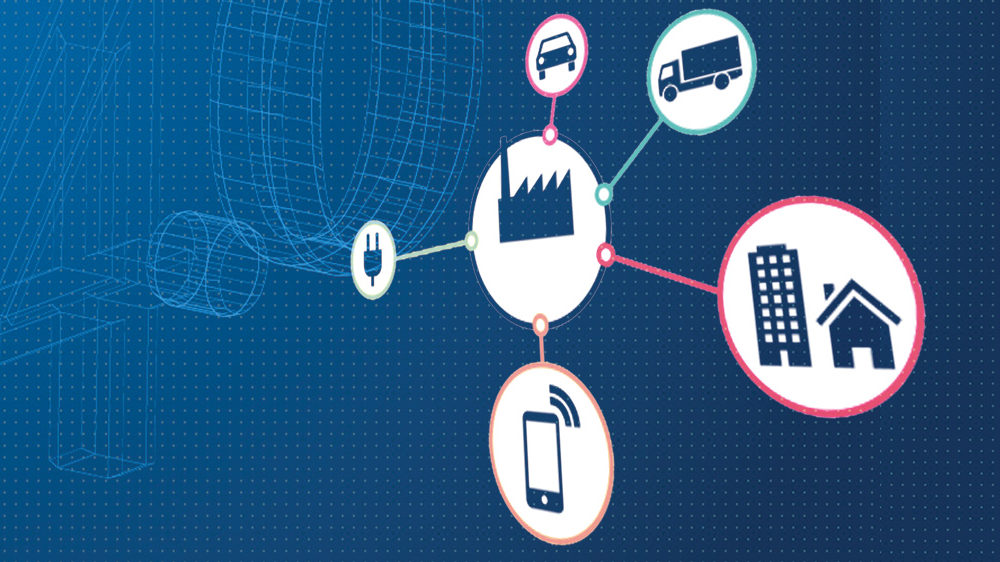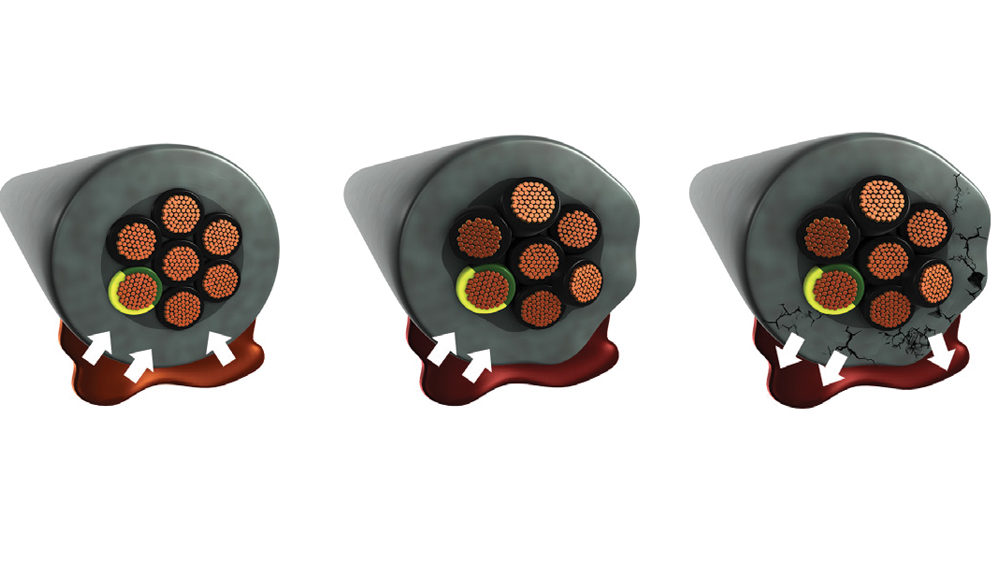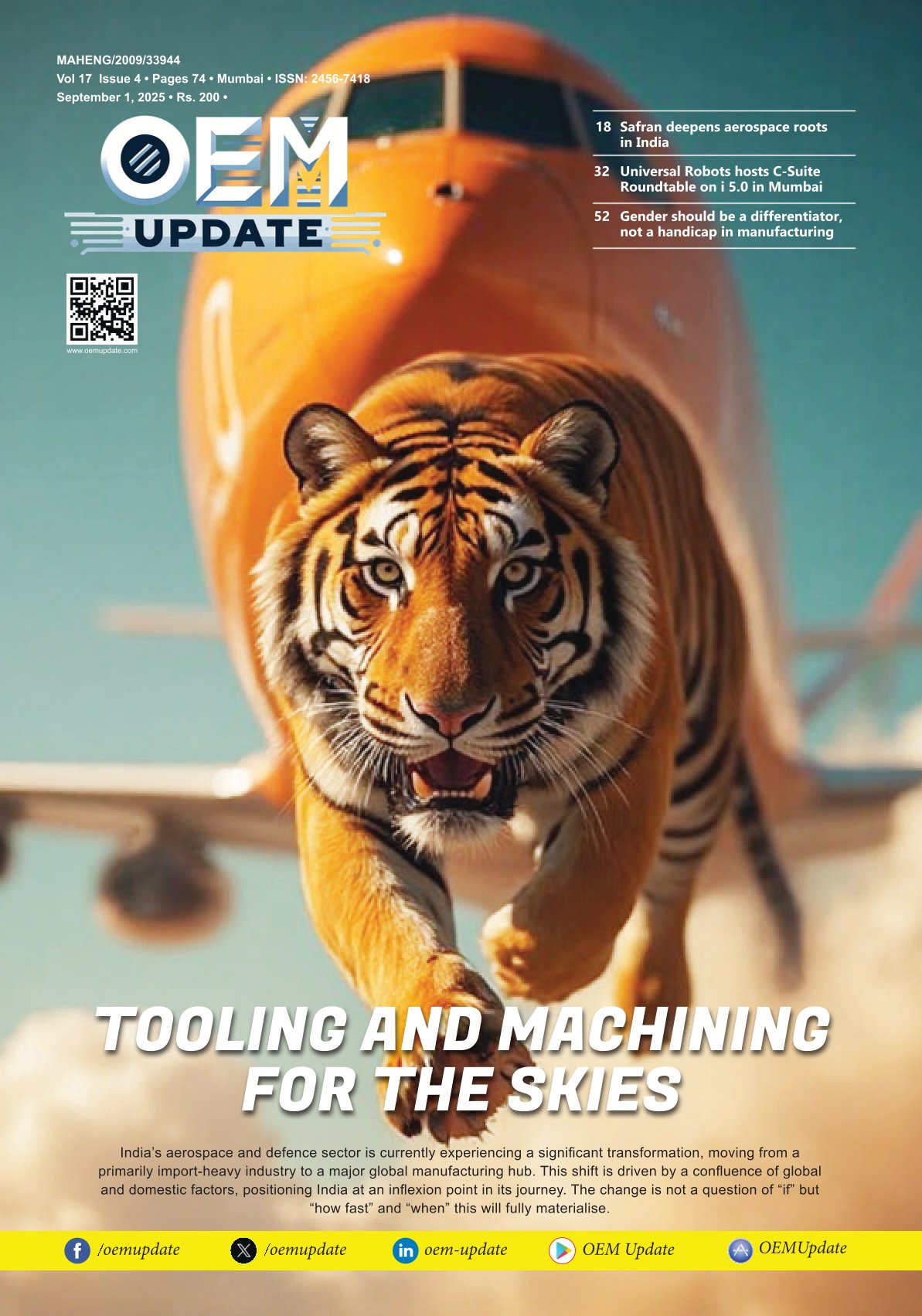Robotic colleagues in factories of the future
By OEM Update Editorial September 11, 2017 3:26 pm IST
How industrial robots are enabling the “update” to Industry 4.0
Ever since the earliest days of flint axes, man has attempted to make his daily work easier using tools. For a long time, however, human muscle and brain power were required in order to be able to use such tools in a purposeful manner. It was not until the start of the industrial revolution at the end of the 18th century that machines began to be driven using water or steam power, rather than human or animal muscle power, followed in the first half of the 20th century by electric power. “Control” of the machines was initially carried out using entirely mechanical means, such as a line shaft. In the 1970s, programmable controllers were gradually introduced, giving production technology a new degree of flexibility. For production to become truly flexible, however, the machines themselves also had to become more flexible. It is thus no coincidence that industrial robots found their way into production systems at around the same time. These can be used to move tools (e.g. weld guns or grippers) flexibly in all six degrees of freedom. What has been missing until ow, however, in this “Industry 3.0”, is the ability for human-machine and machine-machine communication and cooperation. This is precisely what the “update” from “Industry 3.0” to “Industry 4.0” promises.
What will this “update” actually entail in practice? Let us assume that a medium-sized manufacturing firm receives an urgent production order. One of the production machines required for this order determines that its capacity will be fully taken up by its current task until the end of the week. It will thus not be able to start on the new order until Saturday at the earliest. Employees who could work on the Saturday report in using their smartphones. In addition to the human employees and the machines, however, the required tools and materials must also be available. A robot that had already ordered a service technician and a new gear unit for the originally production-free time on Saturday now rearranges both for the next break in production. The workpieces to be produced “know” their geometry, the material they are made of and the work steps to be performed on them, and notify the relevant machines. The actual process execution however, that transforms the workpiece from its initial state to its final state, is the task of the machine. For example, a robot must detect for itself that a required tool is not available and order it independently via the Internet so that it will be available for the start of production on Saturday. The robot must also obtain the process parameters required for machining the workpiece from a corresponding database on the Internet.
The example shows how an adaptable, highly flexible, partly self-organising production system could be implemented, with the capability of responding swiftly to changing market requirements. This will enable production that is flexible in terms of batch size and variants; this has long been a requirement with ever shorter product life-cycles and ever greater diversity of variants.
But what technologies are required to turn this scenario into reality? As far as information technology is concerned, many technologies are already available, such as service-oriented architectures (SOA) with encapsulated software services that can communicate with one another via a network and organise themselves during the runtime rather than beforehand. The individual software services can thus perform joint tasks that the programmer had not even thought about when creating them. Transferring these concepts from the world of “bits and bytes” to cold hard reality is not such a simple matter, however. What this means is that it is not until the runtime that automation components perform a joint task which the design engineers and programmers could not have anticipated at the development phase. It is thus necessary, for example, for two controllers that encounter one another in a production environment for the first time to be able to exchange information (at both syntactic and semantic levels). This can only be achieved by defining and adhering to communication standards.
One important factor in the implementation of Industry 4.0 will certainly be industrial robots in their capacity as the flexible automation component. Robots can change tools and move them freely in space, with sensor-guided motions where necessary. So what is still missing? While industrial robots are flexible in terms of their motions, they remain inflexible in terms of their place of operation: they are generally bolted to the shop floor and separated from their surroundings by a rigid safety fence. What is required instead are robots that can move to where they are needed. Advantages are offered here by small, light, energy-saving robots mounted on mobile platforms that can navigate freely (i.e. without fixed guidance) with the aid of scanners that monitor their surroundings, thereby ensuring that any humans they encounter are not endangered. Ideally, the mobile platforms must be able to manoeuvre in confined production areas. Omni-directional platforms are particularly suitable for this. In certain industries, it is also necessary to be able to move heavy-duty robots, e.g. for machining large aircraft parts or wind turbine rotor blades. In such cases, it is easier to move the robot to the workpiece than vice versa.
In addition to mobility, safeguarding the workspace of a robot also plays a major role. Safeguarding all potential sites of operation of a robot with rigid safety fences runs counter to the very concept of flexibility that is at the heart of Industry 4.0. Either the robot itself must be intrinsically safe, by only moving small masses and non-hazardous tools and responding safely when approaching or touching obstacles, or the workspace of the robot must be dynamically safeguarded using safe sensors. Such “safe robots” are a prerequisite for direct human-robot cooperation with intentionally overlapping workspaces of human operators and robots. For example, the robot fetches a workpiece from the warehouse and hands it over to the human operator, or it holds the workpiece in place while the operator works on it (“intelligent third hand” for the operator).
In addition to purely handling-related tasks, a robot will also have to be able to machine, join, assemble or inspect components directly. The robot controller must therefore offer integration options for such processes. Open controller platforms already enable the integration of an NC kernel or vision system, for example, so that the robot can perform milling or inspection tasks directly. In order to be able to communicate with other controllers, e.g. other machines or external process controllers, it is advantageous if the robot controller uses mainstream IT systems, such as PC and network technologies or modern operating systems, such as Microsoft Windows. In this way, standardised communications protocols can be used directly at both syntactic and semantic levels. It is also beneficial to use mainstream technologies in the field of programming languages and integrated programming environments. JAVA, for example, is particularly suitable here as the Internet programming language – expanded, of course, to include robot-specific libraries.The flexibility achieved by adopting modern IT approaches is not sufficient, however, to be able to meet the physical requirements in practice. While robots themselves are highly flexible machines, the tools mounted on them are often inflexible and can only be used for a specific task. Here also, flexibility can be achieved by means of intelligent tool changing systems. Furthermore, steps are currently being taken to reproduce the mechanical adaptability of a tool, achieved using springs, for example, in the robot arm itself. This is done by parameterising the arm in such a way that it can adopt various mechatronic properties during the runtime, such as greater compliance in one direction and greater stiffness in the other. This will enable the tools on the robot flange to become simpler without compromising on flexibility. Such approaches can already be seen in lightweight robots, the properties of which can be defined as either axis-specific or Cartesian at the runtime. These robots have integrated torque sensors making them compliant and sensitive in all axes and able to compensate for workpiece tolerances without the need to redesign the tool. Such robots are designed to imitate the human arm and thus also have built-in redundancy so that a specific target position of the tool can be addressed with various different orientations of the robot axes. This is particularly advantageous in the case of areas that are not easily accessible.
While the prerequisites outlined above are already met by existing modern robots and robot controllers, researchers still have other methods and tools up their sleeves that have not yet found their way into commercially available robots, but which support the approaches of Industry 4.0. Due to the wide variety of variants of the products to be manufactured, it will no longer be possible to program each individual robot motion sequence in advance and validate it by means of simulation. Instead, the robot is either shown by a human operator on site which individual steps to perform (programming by demonstration) or it has an automatic planning system that is able to carry out step-by-step transition from a current initial state to a specified target state.
Using automated learning methods, the robot gradually builds up a knowledge base that incorporates all previous “experiences” and that the robot can refer back to for new tasks in the future. If the robot’s own knowledge base is not sufficient for finding a solution for a new task, the robot can refer to corresponding knowledge bases on the Internet. Furthermore, mobile robots and robots that interact with humans in particular also require sensor systems for perception and interpretation of their changing environment.
To sum up, the prerequisites for Industry 4.0 are already essentially met from an IT perspective. The flexibility of intelligent robot systems has a major role to play in the practical implementation of these approaches. Combining both fields paves the way for flexible production principles that relieve the human operators of routine planning and menial tasks, enabling them to give free rein to their creativity and skills in areas where the machines fall short. As in previous “updates”, once again humans will not lose their role in “Industry 4.0”. On the contrary, Industry 4.0 will help to restore the share of industrial production in Europe’s economic output, thereby safeguarding jobs.
Authored by:
Dr.-Ing. Michael Haag,
Executive Vice President R&D,
KUKA Roboter GmbH
Cookie Consent
We use cookies to personalize your experience. By continuing to visit this website you agree to our Terms & Conditions, Privacy Policy and Cookie Policy.



